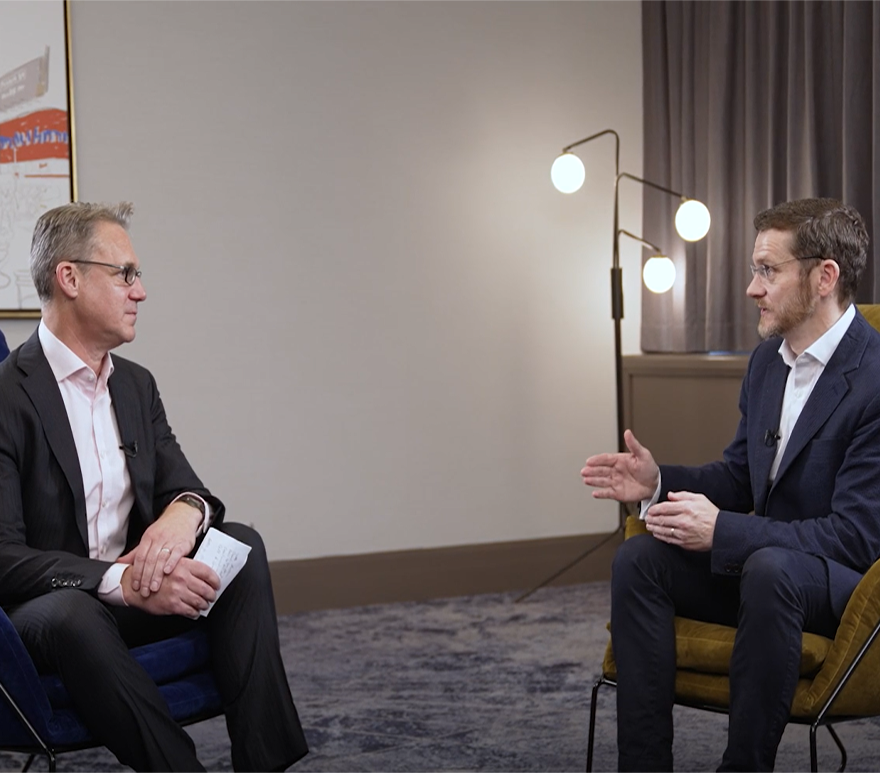Begin with the end in mind. That’s Matthew Lakelin’s advice for companies aiming to bring cell and gene therapies to market.
Because the infrastructure needed to support cell and gene therapies is so complex, companies must consider supply chain issues very early on, even before they enter human studies, said Lakelin, Vice President of Scientific Affairs at TrakCel, a company that helps manage all components of the cell and gene therapy supply chain.
For instance, blood, tissue, and other materials used in cell and gene therapy may have time and temperature constraints. Any misstep in the supply chain means starting over. Those factors will impact where manufacturing plants are built, which logistics companies are involved in transporting materials, how far a clinic or treatment site is from the plant and the patient.
In this video, Lakelin and Oliver Wyman’s Tobias Handschuh detail what’s required to ensure that cell and gene therapies can get to patients in a safe, efficient, and timely manner. The interview was recorded at the Oliver Wyman Health and Life Sciences Innovation Forum.


